Removing rhododendron in Norway
kaliman
13 years ago
Related Stories
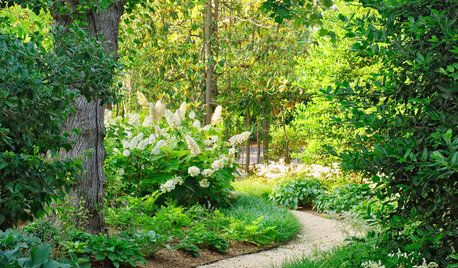
LANDSCAPE DESIGNUnwind in Your Own Private Garden Escape
When the world is getting on your last nerve, an outdoor refuge can soothe and nurture. Here's how to design a garden with relaxing in mind
Full Story
LIFETrue Confessions of a House Stalker
Letting go when a new owner dares to change a beloved house's look can be downright difficult. Has this ever happened to you?
Full Story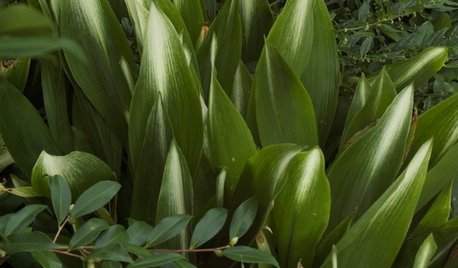
LANDSCAPE DESIGN7 Evergreen Wonders of the Plant World
Year-round interest, structure and beautiful color? These top-notch evergreens have gardens covered
Full Story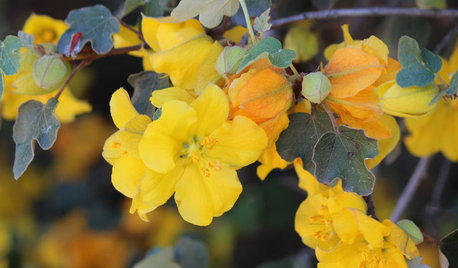
CALIFORNIA GARDENINGCalifornia Gardener's May Checklist
Only one major chore but a plethora of planting possibilities means a delightful month in California gardens
Full Story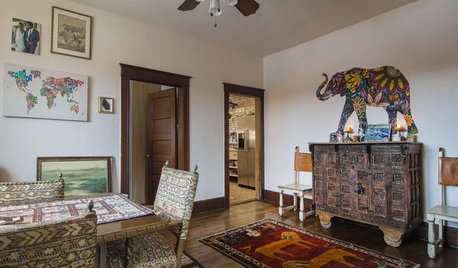
HOUZZ TOURSMy Houzz: Wanderlust-Fueled Decor in Salt Lake City
Globally gathered and family pieces bring personal warmth to a historic Utah home
Full Story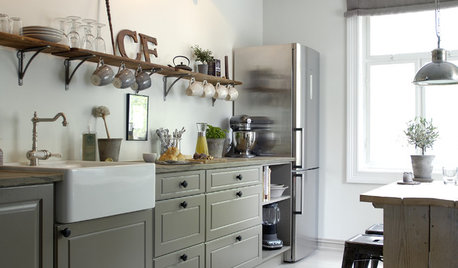
KITCHEN DESIGNKitchen of the Week: Vintage Flair for a Modern Norwegian Family
Honoring the home's 1920s bones and her family's needs, a designer makes over her kitchen with an addition
Full Story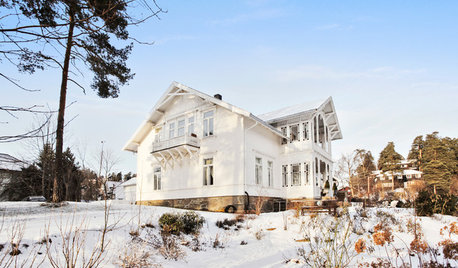
HOUZZ TOURSHouzz Tour: Updated Elegance for a 200-Year-Old Norwegian Mansion
Original details are restored to glory with a modern color palette and set off by fresh furnishings and a more open layout
Full Story
LANDSCAPE DESIGNGarden Overhaul: Which Plants Should Stay, Which Should Go?
Learning how to inventory your plants is the first step in dealing with an overgrown landscape
Full Story
CONTEMPORARY HOMESHouzz Tour: A London Townhouse Lightens Up
A dramatic redesign of this multistory home transforms its dark 1970s-era interior into an all-white Scandinavian idyll
Full Story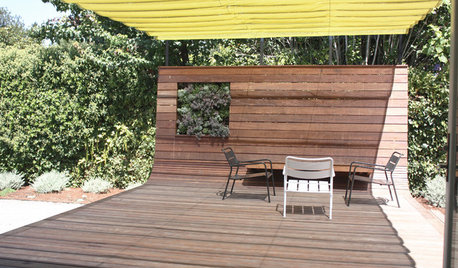
DECKSA Family-Friendly California Yard Wises Up About Water
Pavers and unthirsty plants replace Kentucky bluegrass in a Menlo Park landscape for a family of 4
Full StorySponsored






morz8 - Washington Coast
ericwi
Related Professionals
Tempe Landscape Architects & Landscape Designers · Parole Landscape Architects & Landscape Designers · Severn Landscape Architects & Landscape Designers · Tomball Landscape Architects & Landscape Designers · Beverly Hills Landscape Contractors · Cordele Landscape Contractors · East Patchogue Landscape Contractors · Edwardsville Landscape Contractors · Hoover Landscape Contractors · Lyndhurst Landscape Contractors · Mastic Beach Landscape Contractors · Rancho Santa Margarita Landscape Contractors · View Park-Windsor Hills Landscape Contractors · Winchester Landscape Contractors · Lauderdale Lakes Landscape ContractorskalimanOriginal Author